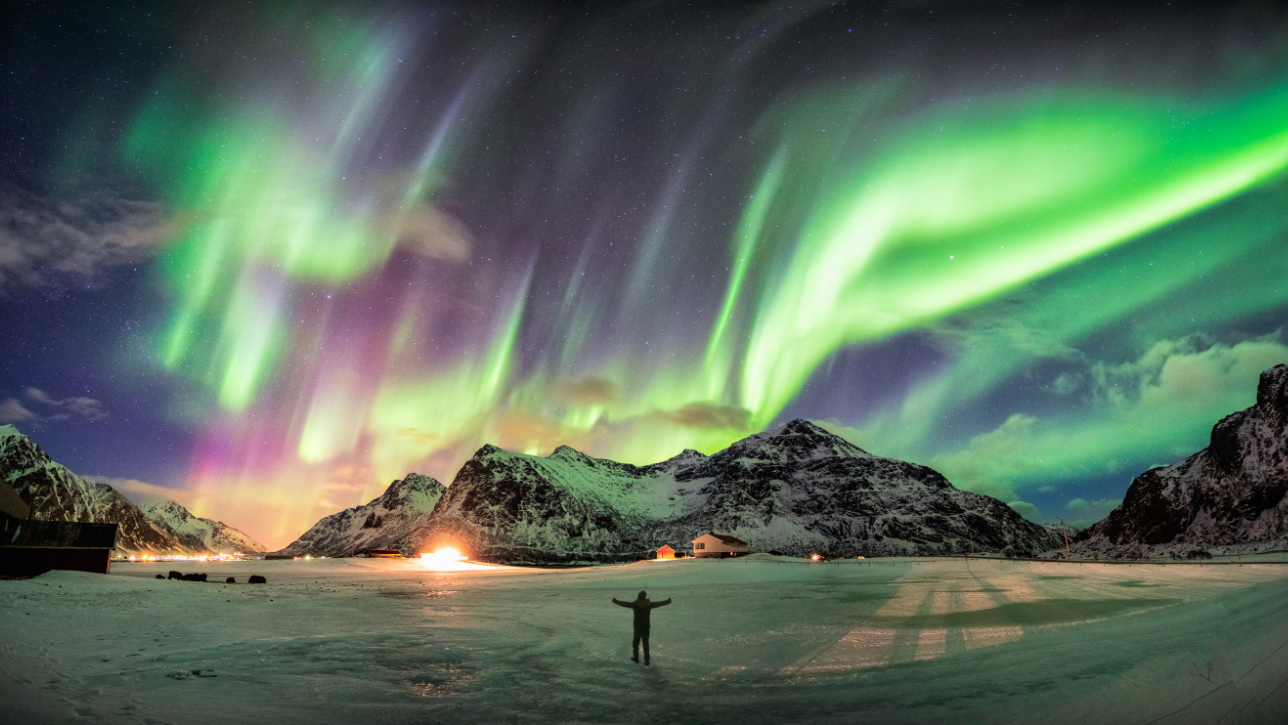
The Northern Lights, or Aurora Borealis, are one of nature’s most breathtaking spectacles—a dazzling display of colorful lights dancing across the night sky. Caused by charged particles from the sun colliding with Earth’s atmosphere, this phenomenon is a bucket-list experience for travelers worldwide. If you’re planning to witness this celestial marvel in 2025, timing and location are key. Here’s a guide to the best places for northern lights in 2025, ensuring an unforgettable adventure.
Here’s a concise table summarizing the top 5 best places to see the Northern Lights in 2025:
| Location | Best Time (2025) | Why It’s Great | Unique Features |
Tips |
| Tromsø, Norway | Late Sep - Late Mar | Heart of auroral oval, mild climate | Fjord cruises, Northern Lights Festival, snowmobile tours |
Check aurora forecasts, visit Lyngen Alps |
| Fairbanks, Alaska, USA | Aug - Apr | Under auroral oval, clear nights | Chena Hot Springs, 90% chance over 3 nights |
Use Geophysical Institute forecast, dress warmly |
| Reykjavik, Iceland | Sep - Apr | Sparse population, dark landscapes | Glacier lagoons, geothermal pools |
Avoid city lights, check Vedur.is for weather |
| Yellowknife, Canada | Mid-Nov - Early Apr | 240 nights of auroras, flat terrain | Heated teepees, horizon-to-horizon views |
Visit Frame Lake, monitor AuroraMAX |
| Abisko, Swedish Lapland | Sep - Mar | Clear skies from microclimate, auroral oval | Sky Station, Torneträsk Lake reflections |
Book Sky Station early, aim for new moon |
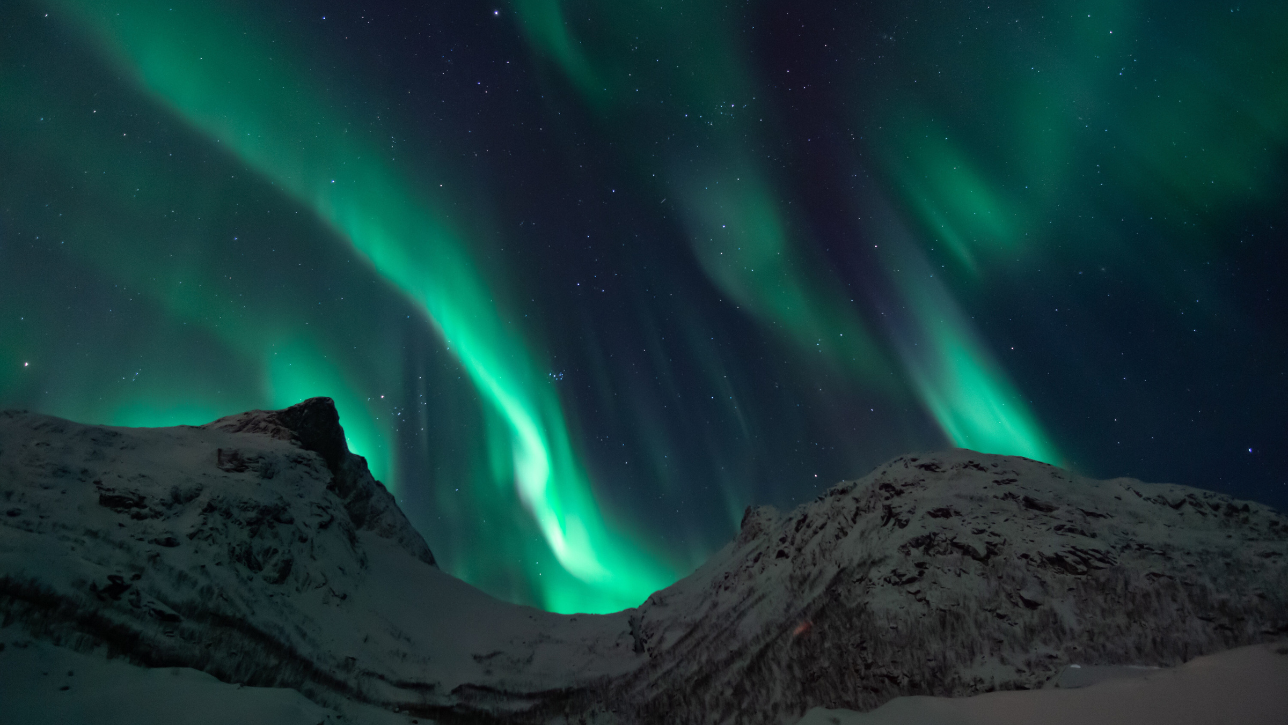
Tromsø, often called the "Gateway to the Arctic," is a prime spot for Northern Lights viewing. Located above the Arctic Circle, this vibrant city offers a perfect blend of accessibility and natural beauty. In 2025, the solar maximum—a peak in the 11-year solar cycle—will enhance aurora activity, making Tromsø an even better choice. Visit between September and April for the best chances, with clear, dark skies amplifying the experience. Bonus: Explore fjords, take a reindeer sled ride, or enjoy the city’s lively nightlife between aurora hunts.
High aurora frequency due to its position in the auroral oval.
Plenty of guided tours and cozy accommodations.
Stunning coastal scenery as a backdrop.
Best Viewing Spots: Lyngen Alps, Prestvannet Lake, or guided tours to remote coastal areas.
Travel Tip: Book a Northern Lights chase with local experts who track weather and aurora forecasts.
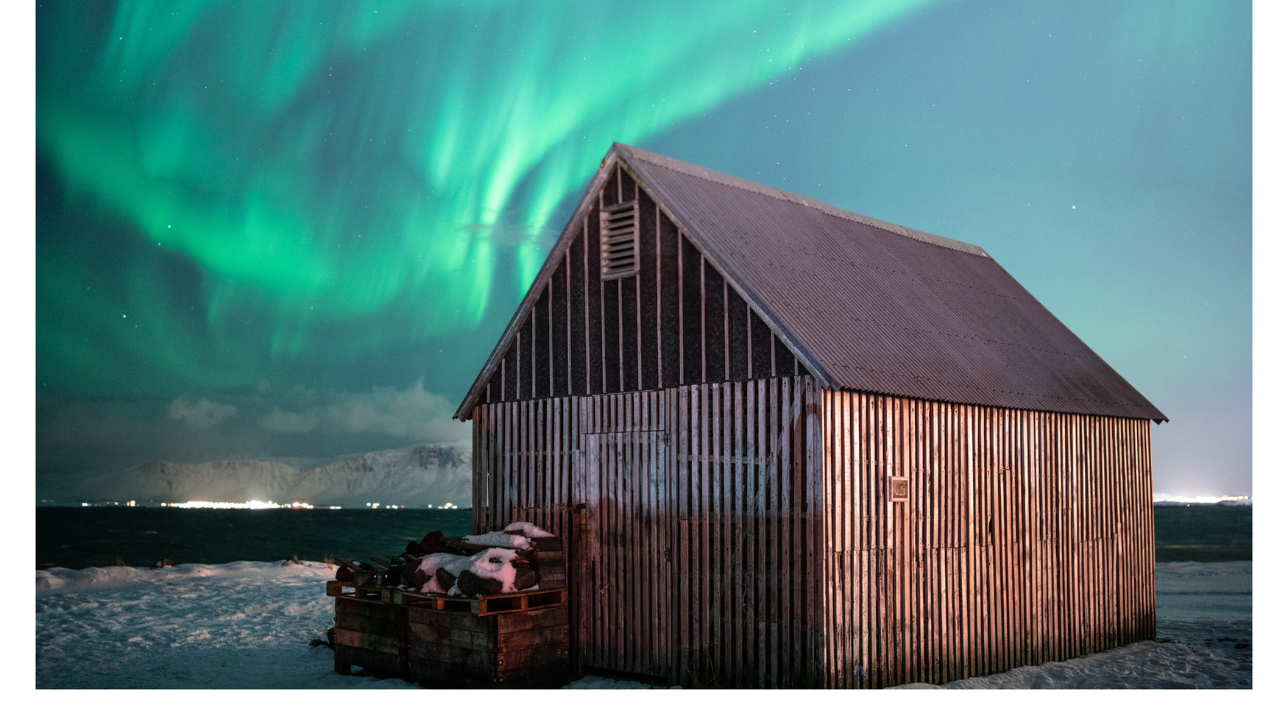
Iceland’s capital, Reykjavik, is the best places for northern lights enthusiasts in 2025. While the city itself is a great base, venturing to nearby rural areas like Thingvellir National Park or the South Coast boosts your odds of a clear sighting. The long winter nights from November to March provide ample darkness, and Iceland’s geothermal pools (like the Blue Lagoon) offer a unique way to stay warm while waiting for the lights.
Easy access via international flights.
Minimal light pollution in nearby areas.
Combine your trip with Iceland’s volcanic landscapes and waterfalls.
Venture beyond Reykjavik to avoid light pollution—Hofdabrekka near Vik is a secluded gem. Use Vedur.is for cloud forecasts and book flexible tours, as weather can be unpredictable.
![]() See More:
See More:
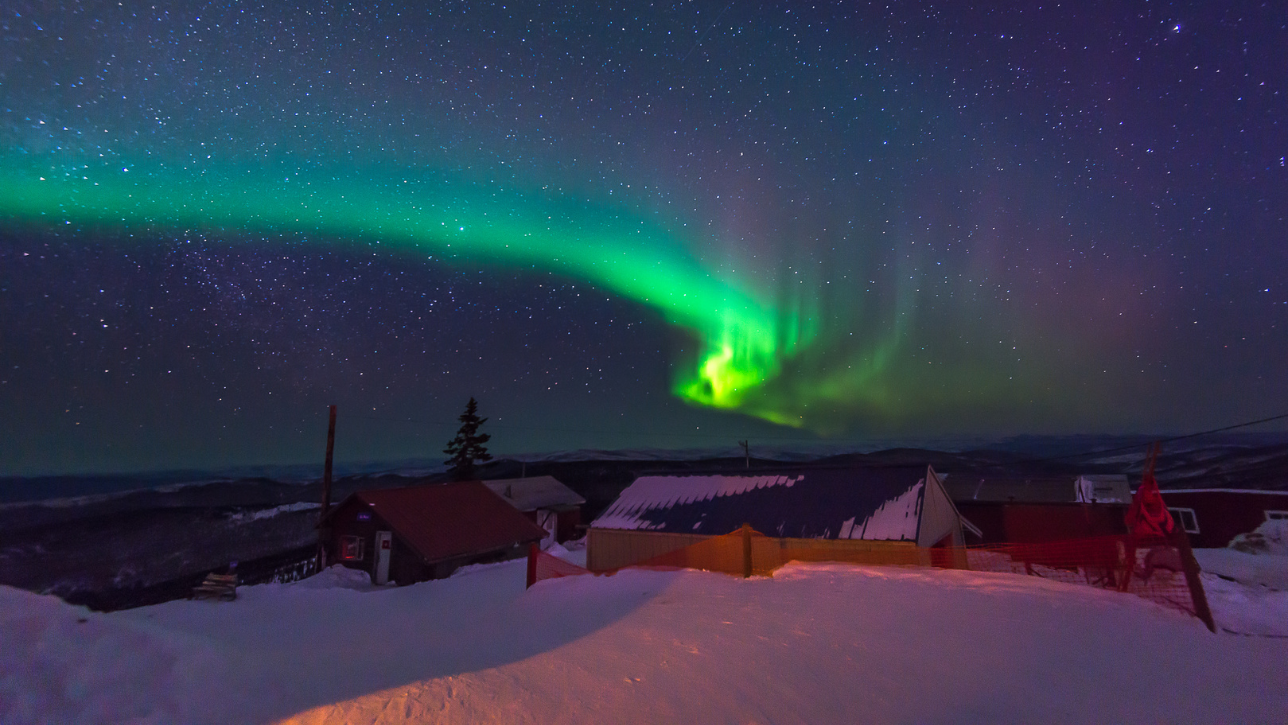
For a North American option, Fairbanks, Alaska, stands out as a Northern Lights hotspot. Sitting directly beneath the auroral oval, this city offers excellent viewing opportunities from late August to April. In 2025, Fairbanks will benefit from heightened solar activity, promising vibrant displays. Stay in a heated cabin or join a guided tour to prime viewing spots like Chena Hot Springs.
Affordable for U.S. travelers.
Wide-open wilderness for unobstructed views.
Unique Alaskan culture and winter activities.
Tips:
Dress warmly (temperatures can drop below -20°F/-29°C) and use the Geophysical Institute’s aurora forecast for real-time updates. Avoid the full moon to maximize visibility.
Fairbanks offers a mix of rugged wilderness and cozy amenities. You can soak in the Chena Hot Springs while watching the aurora, or visit Murphy Dome for a panoramic view.
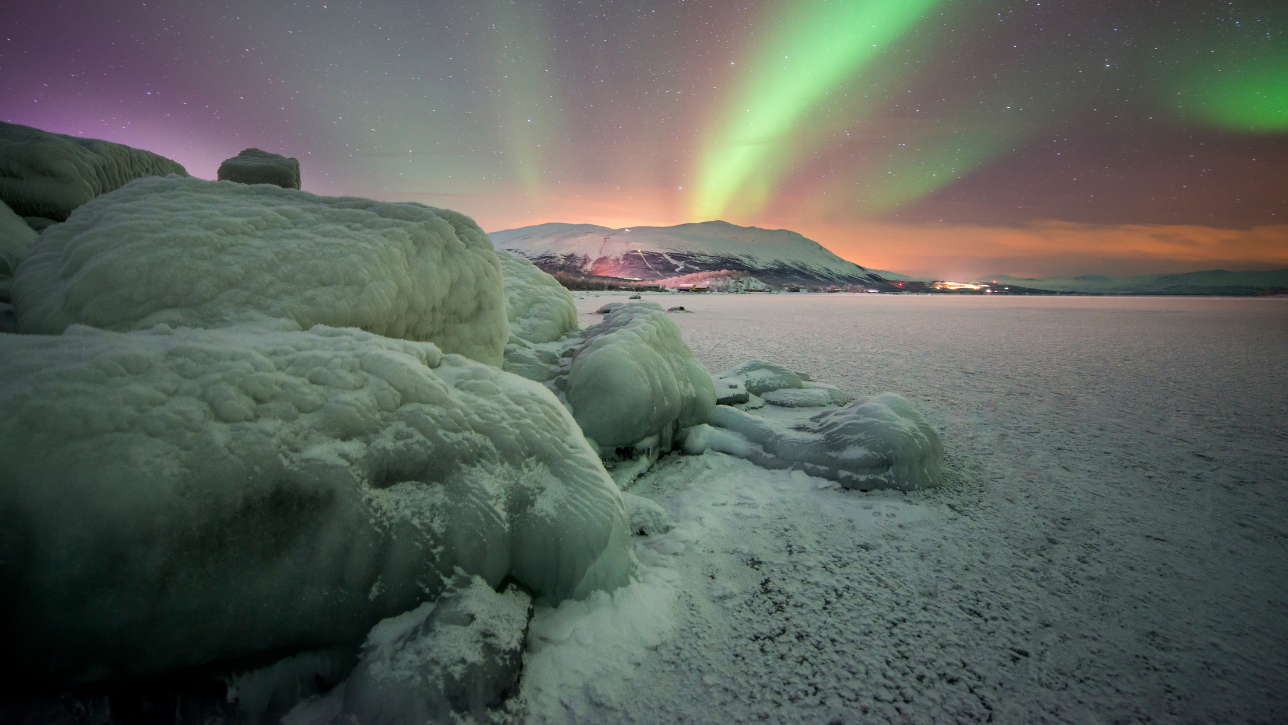
Abisko, a small village in Swedish Lapland, is renowned for its clear skies—an essential factor for Northern Lights viewing. The nearby Abisko National Park features the famous "Blue Hole," a microclimate that often remains cloud-free even when surrounding areas are overcast. Visit between December and March for peak aurora season, and consider staying at the Aurora Sky Station for a guided experience.
Exceptional clarity due to its unique weather patterns.
Remote, serene setting with minimal light pollution.
Dog sledding and snowshoeing add to the adventure.
September to March, with January to February offering the best mix of darkness and cold, stable weather. The autumn equinox (September) is also prime due to geomagnetic spikes.
Tips: Book a night at the Sky Station well in advance—it’s small and popular. Use the Swedish Meteorological Institute’s forecasts and aim for new moon nights to avoid lunar glare.
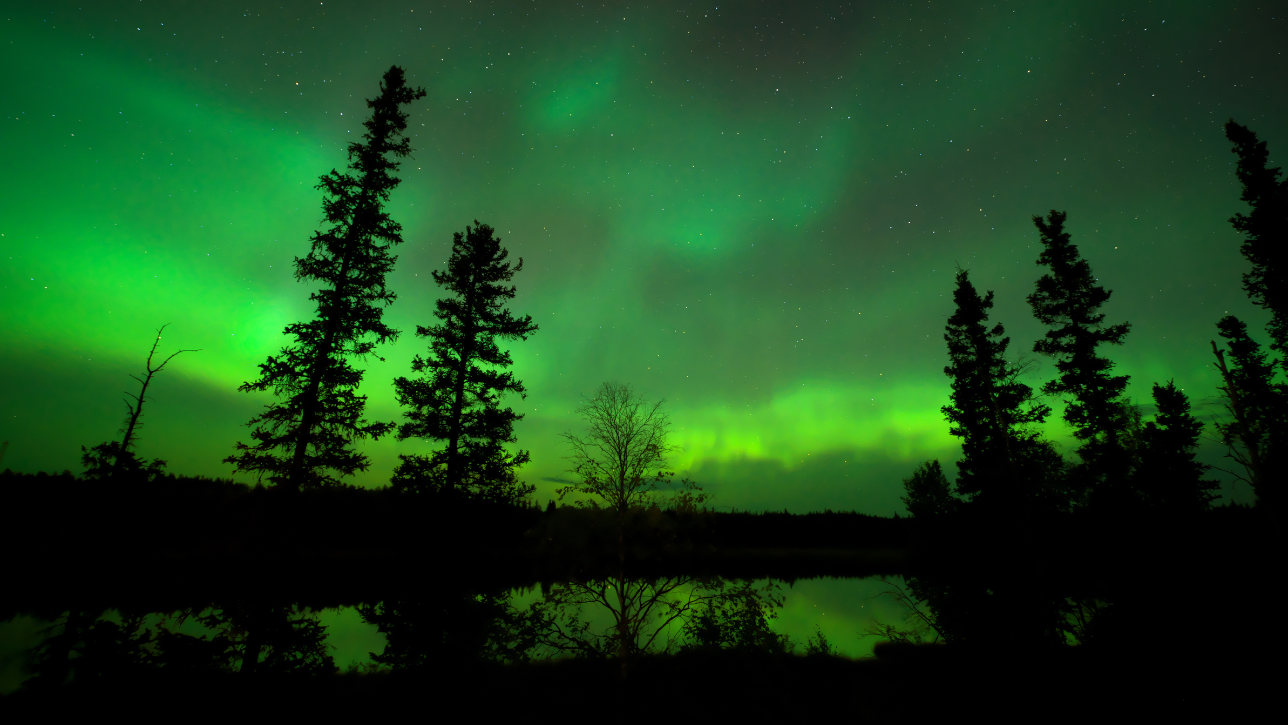
Yellowknife, in Canada’s Northwest Territories, is a hidden gem for aurora chasers. Known as the "Aurora Capital of North America," this remote city offers pristine skies and a high likelihood of sightings from September to April. In 2025, the solar maximum will make Yellowknife’s already vivid displays even more spectacular. Opt for a heated viewing dome or a guided tour for comfort and expertise.
Consistent aurora activity under the auroral oval.
Unique Indigenous cultural experiences.
Affordable lodging options tailored to aurora tourism.
Tips:
Mid-November to early April, with the best conditions from December to February due to long, crisp nights. Late August to September can also work if you catch early solar activity.
Head to Frame Lake or the Great Slave Lake shoreline for prime views. Check AuroraMAX for live forecasts and pack for extreme cold (down to -30°F/-34°C).
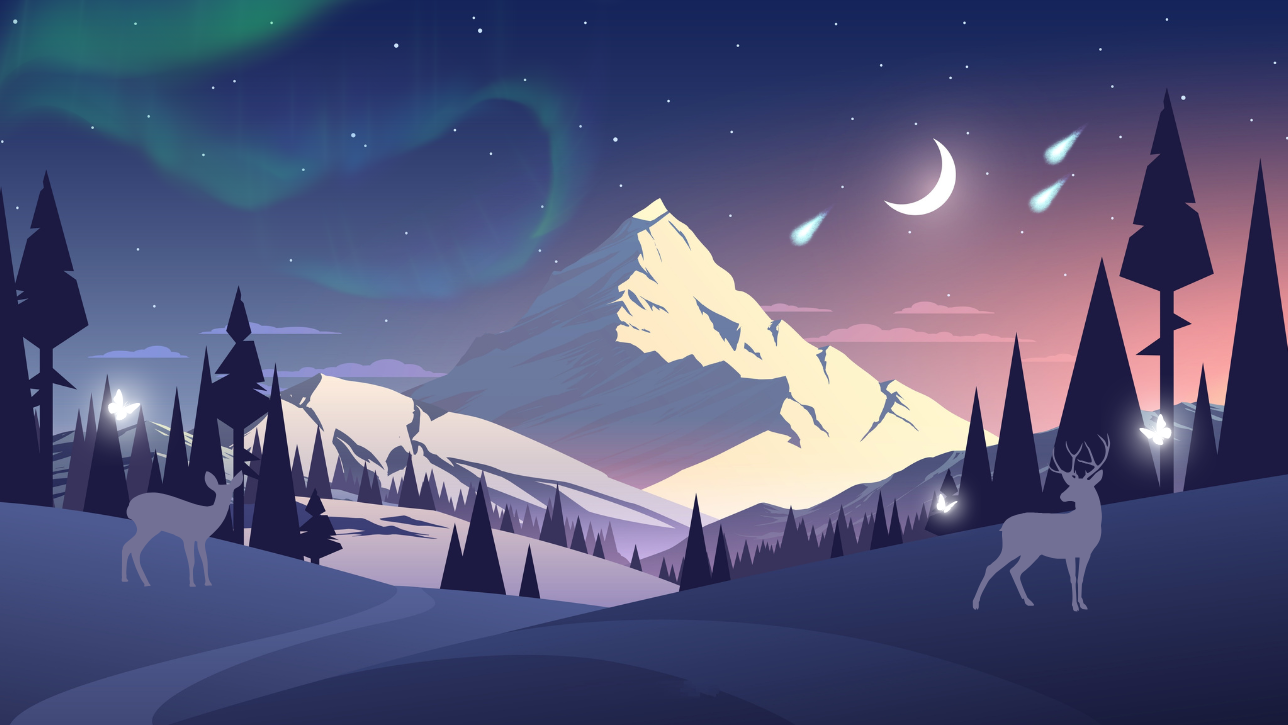
Planning Your 2025 Northern Lights Trip from A to Z
Witnessing the Northern Lights in 2025 promises to be an extraordinary experience, thanks to the peak of Solar Cycle 25—a period of heightened solar activity that will make the Aurora Borealis more frequent and vivid. Whether you’re heading to Tromsø, Reykjavik, Fairbanks, Abisko, or Yellowknife, careful planning is essential to maximize your chances of catching this celestial spectacle. Here’s a comprehensive guide to help you prepare for your 2025 Northern Lights trip, covering timing, location, gear, and expert tips.
Timing is everything when chasing the Northern Lights. The best window spans September to April, when the Arctic regions experience long, dark nights—perfect for aurora visibility. In 2025, the solar maximum, peaking around mid-year, will supercharge solar flares and geomagnetic storms, leading to more intense and widespread displays. For the highest odds:
Early Season (September–October): Milder weather, fewer crowds, and still-dark skies.
Peak Winter (December–March): The longest nights and clearest conditions, though coldest temperatures.
Late Season (March–April): Warmer days and lingering darkness, ideal for combining aurora hunts with outdoor activities.
The Northern Lights are most active within the auroral oval, a band encircling the Arctic Circle. The best places for Northern Lights in 2025—like Tromsø, Reykjavik, Fairbanks, Abisko, and Yellowknife—lie within or near this zone. Key factors to consider:
Light Pollution: Escape urban glow by heading to rural or wilderness areas. For example, drive 30 minutes from Reykjavik to Thingvellir National Park or visit Abisko’s remote national park.
Weather Patterns: Clear skies are critical. Abisko’s "Blue Hole" microclimate or Yellowknife’s dry, crisp air often outshine cloudier locales.
Accessibility: Fairbanks and Reykjavik offer easy flights and infrastructure, while Abisko and Yellowknife provide a more off-the-grid vibe.
The Arctic winter is no joke, and being prepared enhances both comfort and enjoyment. Here’s your checklist:
Clothing: Layer up with thermal base layers, fleece mid-layers, and a windproof, insulated jacket. Don’t forget waterproof boots, gloves, a scarf, and a hat—temperatures can plummet below -20°F (-29°C).
Photography Gear: A DSLR or mirrorless camera with a wide-angle lens (f/2.8 or lower), a sturdy tripod, and extra batteries (cold drains them fast). Set ISO to 800-1600, use a 5-15 second exposure, and adjust as needed.
Extras: Hand and foot warmers, a thermos of hot tea or coffee, and a red-light headlamp (preserves night vision without disrupting the experience).
The Northern Lights are a natural phenomenon, not a guaranteed show, so flexibility and patience are key. Here’s how to stack the odds in your favor:
Check Forecasts: Use tools like the Space Weather Prediction Center or local aurora apps to track solar activity and cloud cover. Aim for nights with low cloud density and high geomagnetic activity.
Stay Up Late: Peak aurora hours often fall between 10 p.m. and 2 a.m., so plan to stay awake and alert.
Book Multi-Night Stays: Increase your odds by spending at least 3-5 nights in your chosen destination—weather or solar activity might not cooperate on night one.
Join a Tour: Professional guides in places like Tromsø or Yellowknife use real-time data to chase clear skies and active auroras, saving you guesswork
The year 2025 marks the peak of Solar Cycle 25, meaning increased solar flares and geomagnetic activity. This translates to more frequent and intense Northern Lights displays, making it an ideal year to plan your trip. Whether you’re drawn to the icy fjords of Norway, the geothermal wonders of Iceland, or the rugged wilderness of Alaska or Canada, these destinations promise a front-row seat to the sky’s most magical show.
Ready to chase the Northern Lights in 2025? Book your trip to one of these best places for northern lights and prepare for a once-in-a-lifetime experience under the glowing Arctic skies.
📞 Contact and buy Way2go Travel SIM Today!
Website: https://way2go.vn
Hotline: 090.222.7715
Email: [email protected]
Enrich your travel experience while staying connected
